The Easy Beginner Guide on How to Use Retinol
This post may contain affiliate links. That means that if you click on a link and purchase something I recommend, I will receive a small commission at no extra cost to you. As an Amazon Associate, I earn from qualifying purchases. This helps keep my website up and running and is very appreciated. Thank you for your support! Disclaimer
Good morning, So, what are we talking about in today’s article ? Today, we’re diving into the world of retinol, covering everything you need to know to confidently incorporate it into your skincare routine. I’ve heard your questions time and time again: How do I start using retinol? When should I use it? How much should I apply? Where should I apply it? Don’t worry, I’ve got you covered. Let’s get started!
If you don’t have time to read this post right now, why not save it for later?
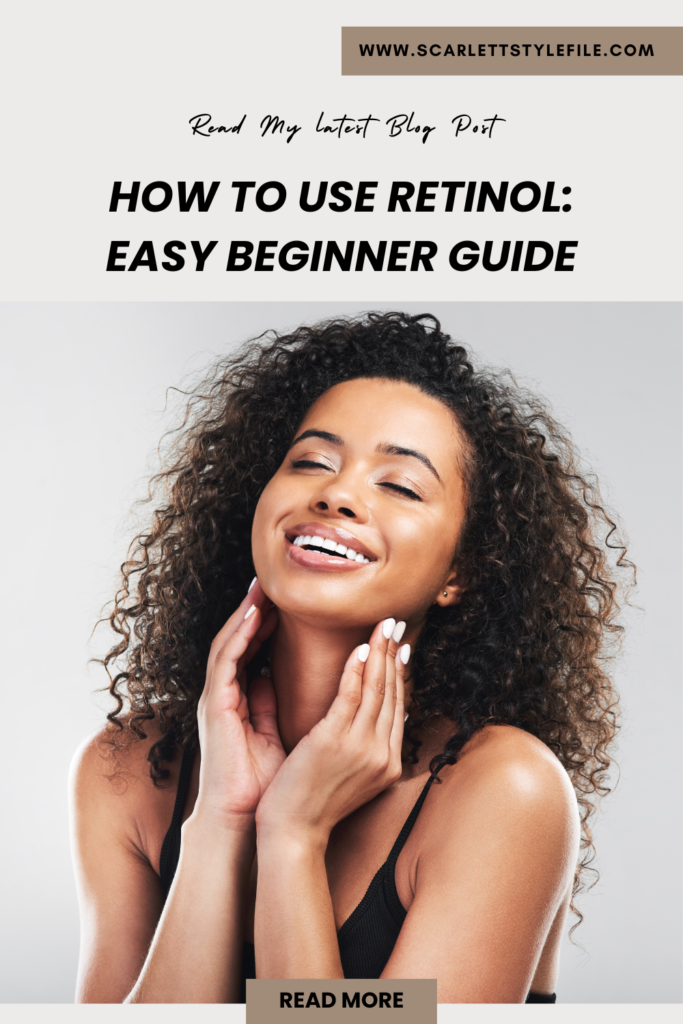
the Easy Beginner Guide on How to Use Retinol
where to start with retinol?

Let’s begin with selecting the right type of retinol for your skin. If you’re new to this, you’re likely a beginner. One common mistake beginners make is diving in too aggressively, thinking that more is better. They slap on various products, only to find their skin reacting poorly within a week. They might attribute this to a “purge,” which often ends up lasting far longer than expected because it’s not truly a purge (that’s a myth we can debunk another time). So, where should you start with your vitamin A derivative? I’ve previously covered retinols extensively, from A to Z.
Related : Unveiling The Secrets Of Retinoids: Your Path To Glowing Skin
However, as a beginner, you should start with an over-the-counter retinoid. Typically, retinol esters are the mildest form, followed by retinols, then retinals, and finally, prescription strength. If that sounds confusing, begin with retinol. If you’re uncertain or find retinol too harsh, opt for a retinol ester.
Conversely, if retinol feels too weak but prescription strength is intimidating, try retinals. And if you’re unfamiliar with retinals, consider a retinoic acid ester (though you might not be familiar with that either, but why not give it a shot?). Eventually, you can explore prescription options. This gradual approach will help you ease into retinols and become more comfortable with them.
how much retinol to use ?
When it comes to using retinols, think of them as precious as caviar. Sure, I’ve had moments where I indulged and devoured a whole tin of caviar, and while it was undeniably exquisite, I ended up feeling a bit queasy. Despite that, I powered through, not wanting to waste a pricey delicacy. But truth be told, overdoing it isn’t advisable. It’s a once-in-a-while extravagance.
So, let’s talk about how much you should use. For your entire face, a pea-sized amount suffices—yes, I know, dermatologists repeat this mantra endlessly. It may not seem like much, but trust me, it’s potent. Less really is more. I apply a dab on my forehead, chin, both cheeks, and nose, steering clear of the delicate skin around my mouth—I’ve learned my lesson there. My go-to is Differin, which contains adapalene and is great for managing acne, although it’s not primarily for anti-aging. Nevertheless, it’s a solid choice if you’re without alternatives.
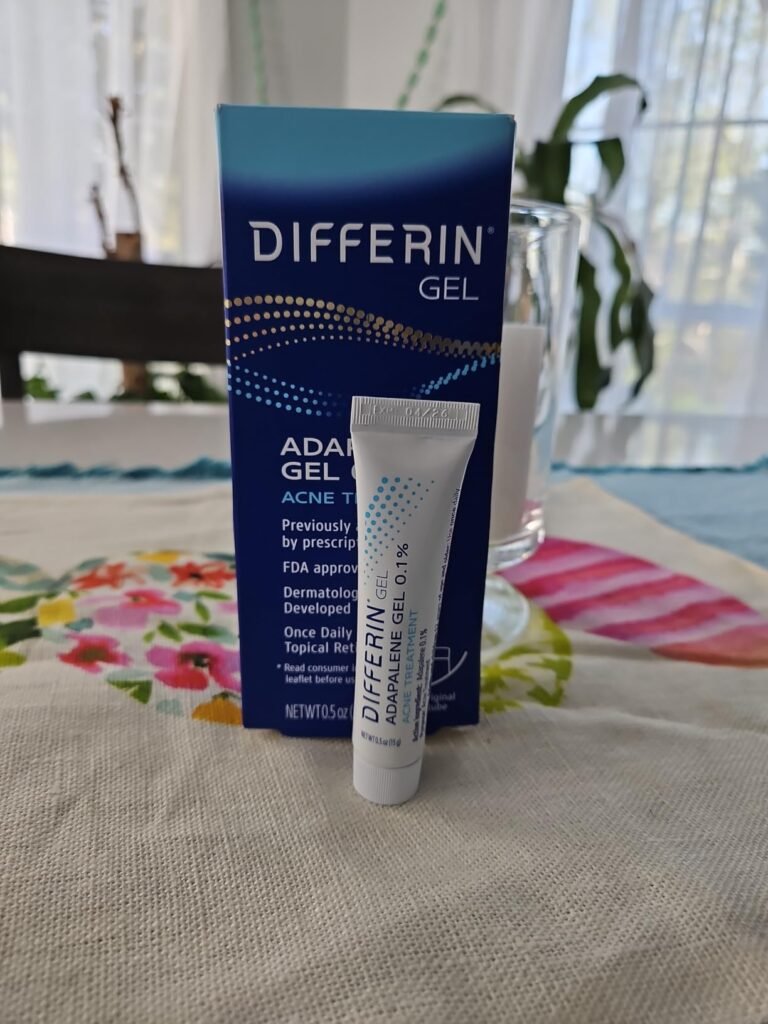
So, there you have it—don’t underestimate the power of a pea-sized portion.
benefits of retinol
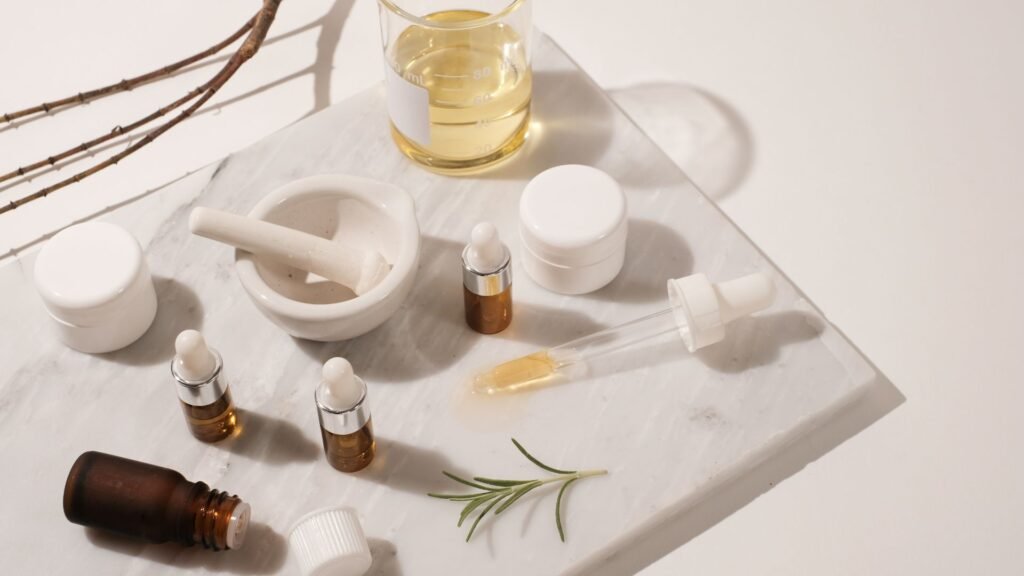
Retinols go beyond targeting specific spots. While they’re effective for blemishes and wrinkles, their benefits extend further. As I mentioned earlier, I apply them across my entire face to maximize results, addressing pigmentation issues, boosting collagen production, and minimizing fine lines.
Be patient, and you’ll gradually see significant changes. You won’t become Cinderella overnight; it takes time to get there.
the key to using retinol

Prioritize consistency over intensity. It’s intriguing how human nature often inclines towards the mindset of “more is better,” pushing for greater intensity. However, I advocate for a gentler, more consistent approach over an extended period—weeks, months, even years.
Why? Because overly aggressive treatments can lead to adverse reactions: your skin might rebel, flake, redden, or even deteriorate, resulting in irritations along the way. Consistently inflamed skin works against you in the long run, potentially accelerating the aging process.
So opt instead for a regimen that nurtures your skin, keeping it nourished, firm, and tranquil, absorbing all the beneficial elements it needs. I’d rather opt for something milder but consistently used, rather than sporadically employing something harsh, using it only sporadically throughout the year. Does that resonate with you?
the best retinol products for beginners?
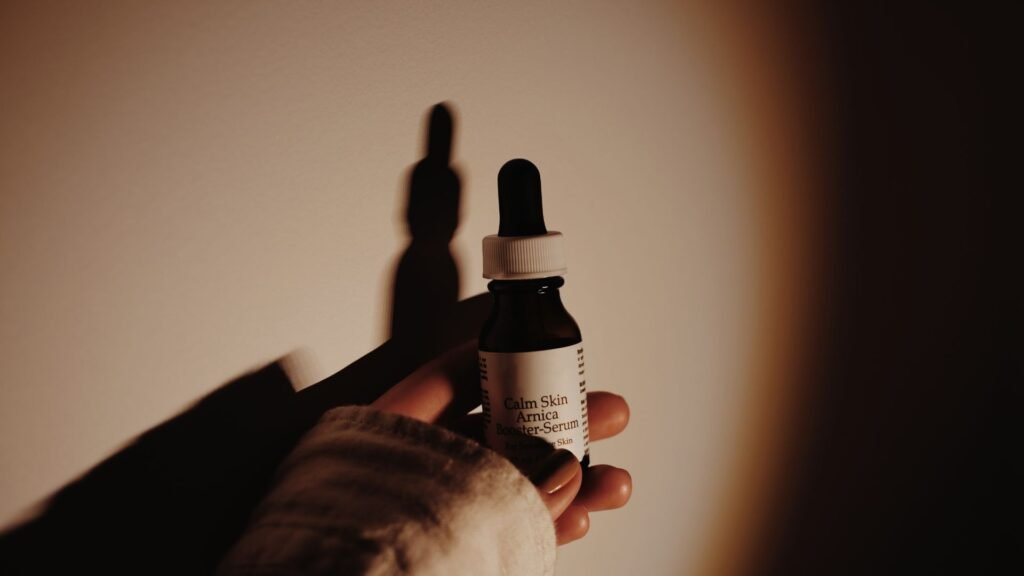
Well, when it comes to over-the-counter retinols, they typically range from 0.1% to 1.0% concentration. While prescription options offer more variety, let’s focus on what you can find on the shelves. If you’re unsure where to begin, I’ve got a favorite I can’t stop raving about:
The L’Oréal Revitalift Retinol boasts a 0.3% concentration, providing a pure retinol experience. On the other hand, IT Cosmetics has recently rolled out their HELLO RESULTS Wrinkle Reducing Daily Retinol Cream, blending serum and cream for an effective combo. Both are worth considering!
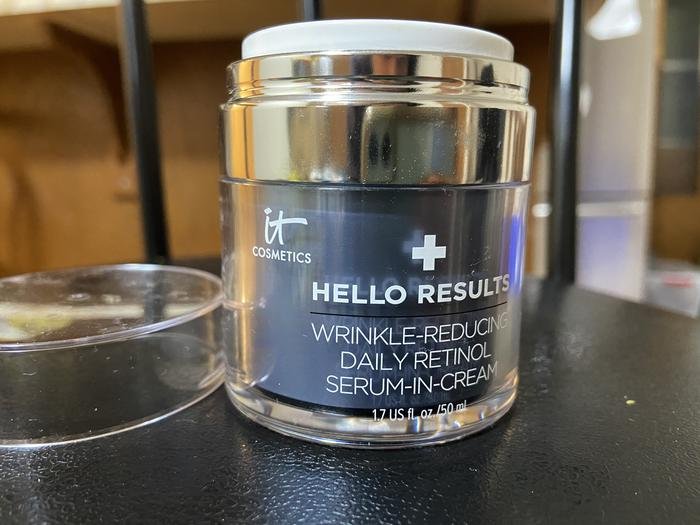
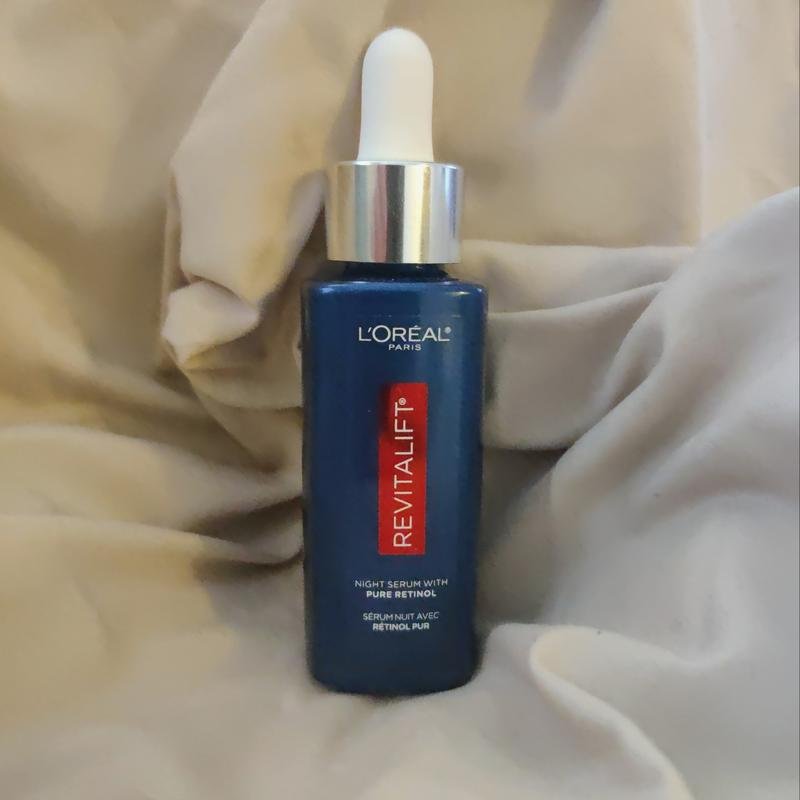
when to use retinol in your routine ?

When it comes to using your retinol, simplicity is key: stick to applying it at night. Morning applications might seem tempting, but most retinols, especially pure ones, are sensitive to sunlight—they degrade when exposed to it. This means you’d essentially be wasting product and money by using it during the day, as it won’t deliver its full effectiveness and could potentially cause irritation. Unless a brand explicitly states otherwise, it’s best to reserve retinol for your nighttime skincare routine.
Consistency is crucial when using retinol. It’s better to use it consistently at night rather than risking overuse or irritation by incorporating it into both your morning and evening routines. Simplifying your skincare routine by using retinol exclusively at night ensures you’re getting the most out of the product without unnecessary complications.
Of course, if you have the time and inclination to meticulously research each brand to find one formulated for daytime use, that’s commendable. However, for many of us, myself included, that level of dedication simply isn’t feasible. Stick to nighttime use for simplicity and effectiveness—your skin will thank you for it.
how often to use retinol?

Considering my emphasis on consistency over intensity? Well, Everyone’s sweet spot is different. If you’re a beginner, I suggest starting with two to three times a week, perhaps on Mondays and Thursdays, or alternatively, on Mondays, Wednesdays, and Saturdays. Choose three days and stick to them for several weeks, even months, until you until you see that you can tolerate it and see no adverse reactions. Then gradually increase the frequency, adding another night each time until you’re comfortable using it nightly.
This adjustment process might take up to a year to achieve optimal results. However, if you’re already using it nightly at a lower concentration and feel ready to level up, I think it’s worth a shot of trying one night a week going up on the concentration while using the one that you’re already used to. If you can’t tolerate it, it’s okay, stick to the lower concentration because it’s better to be using that one consistently throughout time than not
retinol tips for sensitive skin
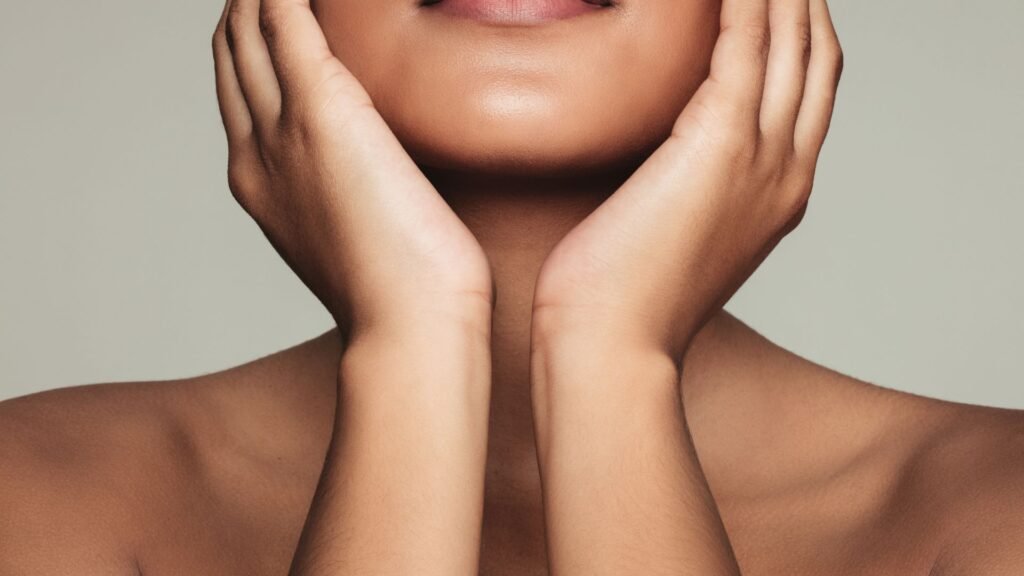
This is a common concern that many people have. If you find yourself in this situation, dealing with underlying issues like eczema or rosacea, and you’re interested in trying out a retinol product, there are a few key steps you can take to minimize potential irritation.
Firstly, avoid washing your face right before applying the retinol. It’s best to have dry skin when using it. If you do wash your face, make sure it’s completely dry before applying the retinol.
Secondly, skip exfoliation on the same nights you use the retinol. Exfoliating can make the retinol work more aggressively, which may lead to increased irritation.
Thirdly, moisturize before applying the retinol. This creates a protective barrier that helps to minimize irritation.
Now, let’s talk moisturizers. Personally, I love the Aveeno’s Calm Restore Gel Moisturizer. It’s gentle , soothing and great if you have inflammation or irritation because of the Avena Sativa, which is the oatmeal derivative. , Plus, it’s suitable for oily skin types due to its lightweight gel formula.

If you’re somebody who’s on the drier end of the spectrum, the Tatcha Indigo Cream, also has oatmeal. It’s much thicker, but offers a really nice buffer for your skin so that your retinol is not going to be as aggressive as it would have been otherwise.
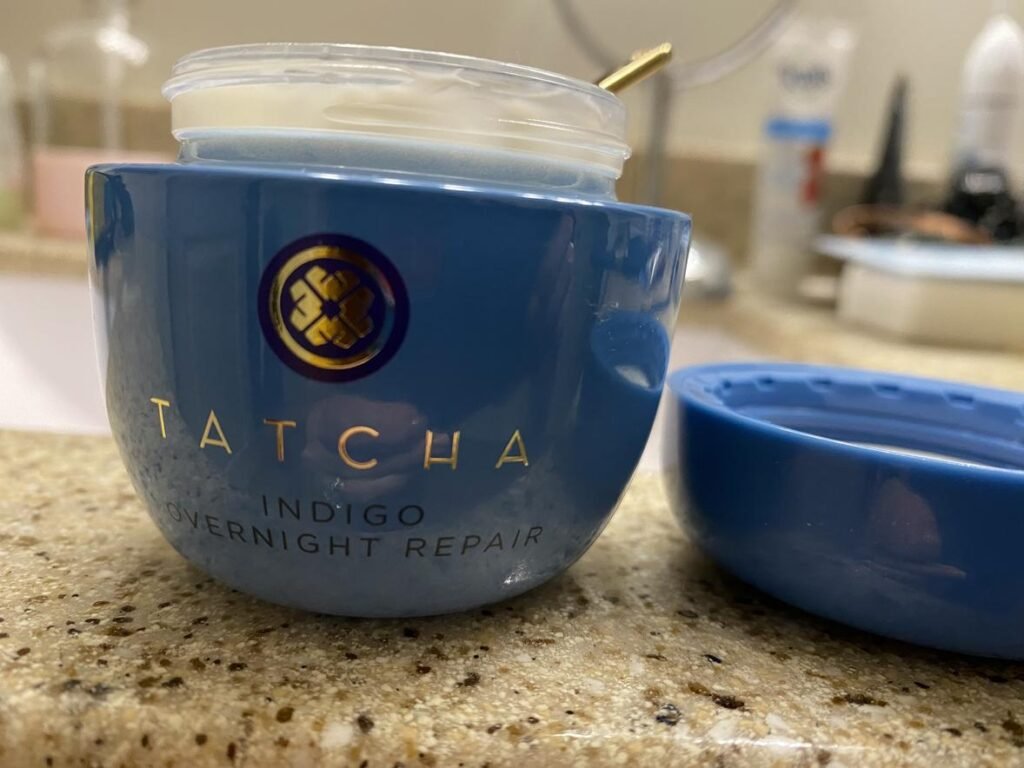
Lastly, if your skin is already irritated, try Cicaplast Baume B5 with panthenol. It’s specifically designed to repair and soothe irritated skin, making it a perfect choice for those sensitive to retinol.

These are three moisturizers that I either use before and or after I use the retinol because they definitely help to minimize the harsh effects of retinol.
What areas should be absolutely avoided when using retinol?

From my experience with myself and from what I heard from my fiancé, if you apply retinol around your mouth and chin you will shed like a snake. Therefore, I would never put a retinol directly around my mouth and my chin. I will first, if I feel adventurous, moisturize and then use the a tiny amount around there, maybe twice a week.
Also, be very careful around the eyes. I once tried it on my upper eyelids and found them extremely sensitive so not worth it. However under eyes? absolutely!!!! My fiancé recently gifted me a product by Kate Somerville it’s a retinol eye cream which I really, really like . It has a nice applicator and has never irritated my eyes. I apply it right after washing my face, followed by moisturizer. Depending on my skin’s sensitivity, I might follow up with another retinol product or just stick with moisturizer. You don’t have to essentially get a retinol for your eyes, but if you have very sensitive eyes, this one’s a nice one. It’s specifically formulated for the eyes,
Lastly when it comes to the neck and chest, I’ve found that they can be quite sensitive to retinols. Opting for a milder retinol is key here. So, as I mentioned earlier, stick to retinol esters or pure retinol. Also, it’s best to apply it on dry skin rather than wet, so avoid using it right after a shower. My third tip is to moisturize first with your favorite moisturizer before using a lighter version of retinol in these areas. This helps prevent irritation, flakiness, or inflammation, especially on the neck.
The Bottom Line
So these are my top retinol hacks and tips. I hope you guys learned a thing or two and I didn’t confuse you in the process.
I hope you found this article helpful. Feel free to leave any questions or feedback in the comments. I truly value my readers’ input.




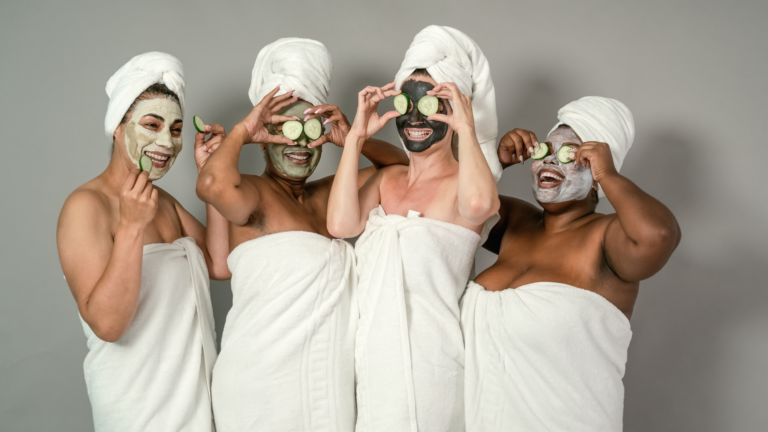
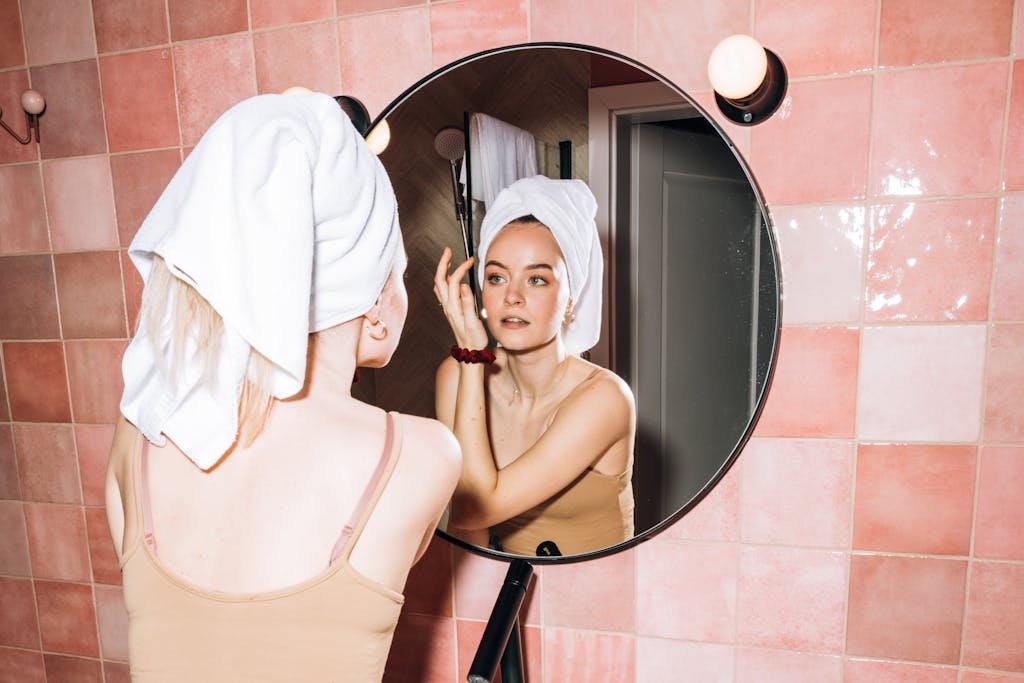
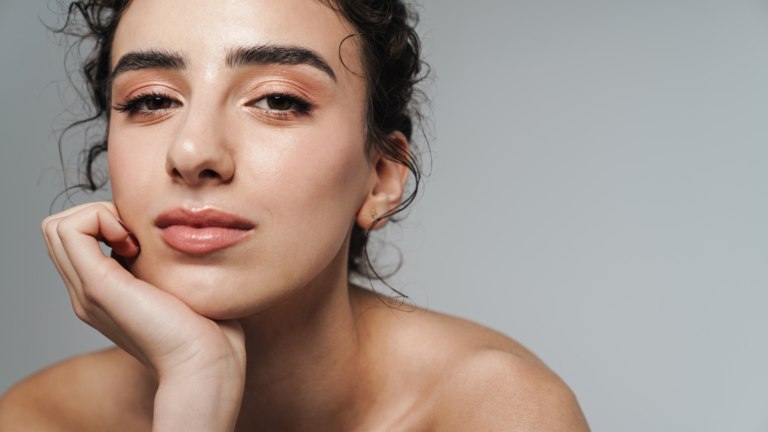
2 Comments